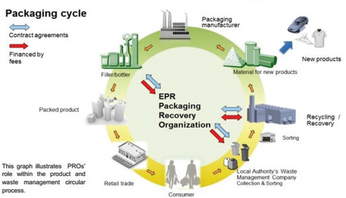Latest Trends and Technologies in Capacitor Films
In the wake of e-mobility, the market for high-performance capacitors is growing rapidly. Ultra-thin capacitor films made of BOPP are essential in these crucial components.
Sebastian Lange, Brueckner Group USA Inc.
In the wake of e-mobility, the market for high-performance capacitors is growing rapidly. Ultra-thin capacitor films made of BOPP are essential in these crucial components. Brückner Maschinenbau has been one of the pioneers in this field since the 1970s, more than 40 capacitor film production lines have been successfully designed and commissioned so far. In particular, the patented simultaneous LISIM stretching process is a perfect fit for the very efficient production of these films with the superior film properties.
The preferred choice of raw materials for capacitor films are polypropylene (PP) and polyethylene terephthalate (PET). PP is independent of frequency and temperature (<105°C) and has a high impulse stability – therefore it can be used in AC and DC applications. Compared to this, PET is heavily dependent on frequency due to its high loss factor, so it is mainly used in DC applications. Both types of capacitor film are produced by biaxial orientation where an enhanced crystalline structure is formed, and the dielectric strength is increased:
• Sequential stretching process for highest film quality: Optimized surface roughness, good self-healing effect
• Simultaneous stretching process: Growing demand for special and high-value applications
• Low MD shrinkage even at low thicknesses
• Higher potential for thinnest film due to high stretching ratios
• Lowest film thicknesses below 1 µm
This post is for paying members only
SubscribeAlready have an account? Log in

